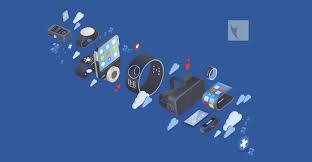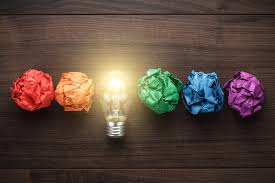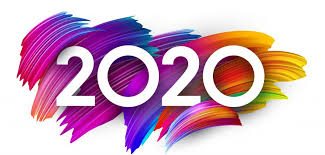Nuance Audio is a new option for people who resist traditional aids, from the company that makes Ray-Bans and operates LensCrafters.
Seekers of Meaning Podcast Posted Online March 7, 2025
What's Next Longevity Deal Talk Episode 32, January, 2025
Presentation: What's Next Longevity Venture Summit, June, 2025

 The watch changed the landscape for wearables.
The watch changed the landscape for wearables.  Surprise (maybe) – Philips puts Lifeline business up for auction. How do I know this? Not from any news article other than
Surprise (maybe) – Philips puts Lifeline business up for auction. How do I know this? Not from any news article other than  In 2020, focus sharpens on technology market categories of aging and caregiving. AARP
In 2020, focus sharpens on technology market categories of aging and caregiving. AARP